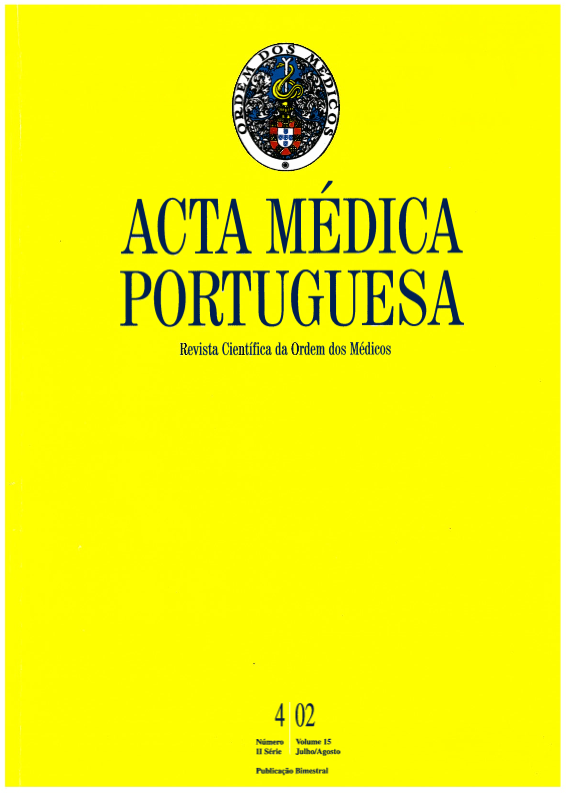Release of cytochrome C with the interaction of bilirubin, amyloid beta-peptide and glycochenodeoxycholate from isolated mitochondria.
DOI:
https://doi.org/10.20344/amp.1964Abstract
The pathogenesis of cholestasis, bilirubin encephalopathy, and Alzheimer's disease appears to result from accumulation of diverse cytotoxic agents, which in turn may cause apoptotic cell death. In addition, mitochondria has lately been considered as a central executioner of programmed cell death, through the release of caspase activating factors. The aims of this study were to: (a) investigate mitochondrial perturbation during incubation of isolated mitochondria with unconjugated bilirubin (Bb), amyloid beta-peptide (A beta), and glycochenodeoxycholate (GCDC); (b) characterize membrane perturbation in isolated mitochondria induced by each toxic agent, and determine whether the mitochondrial permeabilization is required for cytochrome c redistribution. Mitochondria were isolated from rat liver and brain. Swelling and cytochrome c release were evaluated by spectrophotometry and western blot, respectively. The results showed that Bb as well as A beta and GCDC act directly at the mitochondrial level causing increased organelle volume, permeabilization, as well as cytochrome c release from the intermembrane space in a dose-dependent manner (P < 0.01). Moreover, cyclosporine A inhibited mitochondrial permeability, particularly after Bb- and GCDC-induced swelling (P < 0.01). Cytochrome c efflux was invariably prevented by cyclosporine A (P < 0.05). In conclusion, the results indicate that Bb-, A beta-, and GCDC-induced toxicity, culminating in apoptosis, may result from enhanced mitochondrial permeability, followed by cytochrome c efflux, which can be explained at least in part by the megapore opening.Downloads
Downloads
How to Cite
Issue
Section
License
All the articles published in the AMP are open access and comply with the requirements of funding agencies or academic institutions. The AMP is governed by the terms of the Creative Commons ‘Attribution – Non-Commercial Use - (CC-BY-NC)’ license, regarding the use by third parties.
It is the author’s responsibility to obtain approval for the reproduction of figures, tables, etc. from other publications.
Upon acceptance of an article for publication, the authors will be asked to complete the ICMJE “Copyright Liability and Copyright Sharing Statement “(http://www.actamedicaportuguesa.com/info/AMP-NormasPublicacao.pdf) and the “Declaration of Potential Conflicts of Interest” (http:// www.icmje.org/conflicts-of-interest). An e-mail will be sent to the corresponding author to acknowledge receipt of the manuscript.
After publication, the authors are authorised to make their articles available in repositories of their institutions of origin, as long as they always mention where they were published and according to the Creative Commons license.









